Working Principle and Structural Design
1. Circular Vibrating Screen
(1) Motion Trajectory: Generates three-dimensional elliptical motion via an eccentric block vibrator (the major axis is the throwing direction, and the minor axis is the vibration direction), enabling materials to move forward in a spiral jumping manner.
(2) Power System: Equipped with single-shaft or double-shaft vibrators, adopting gear synchronization or universal joint transmission. The amplitude ranges from 4 to 8mm, and the frequency is 700-1000r/min.
(3) Screen Inclination Angle: Adjustable between 15° and 25°, with the exciting force regulated by adding or removing counterweights.
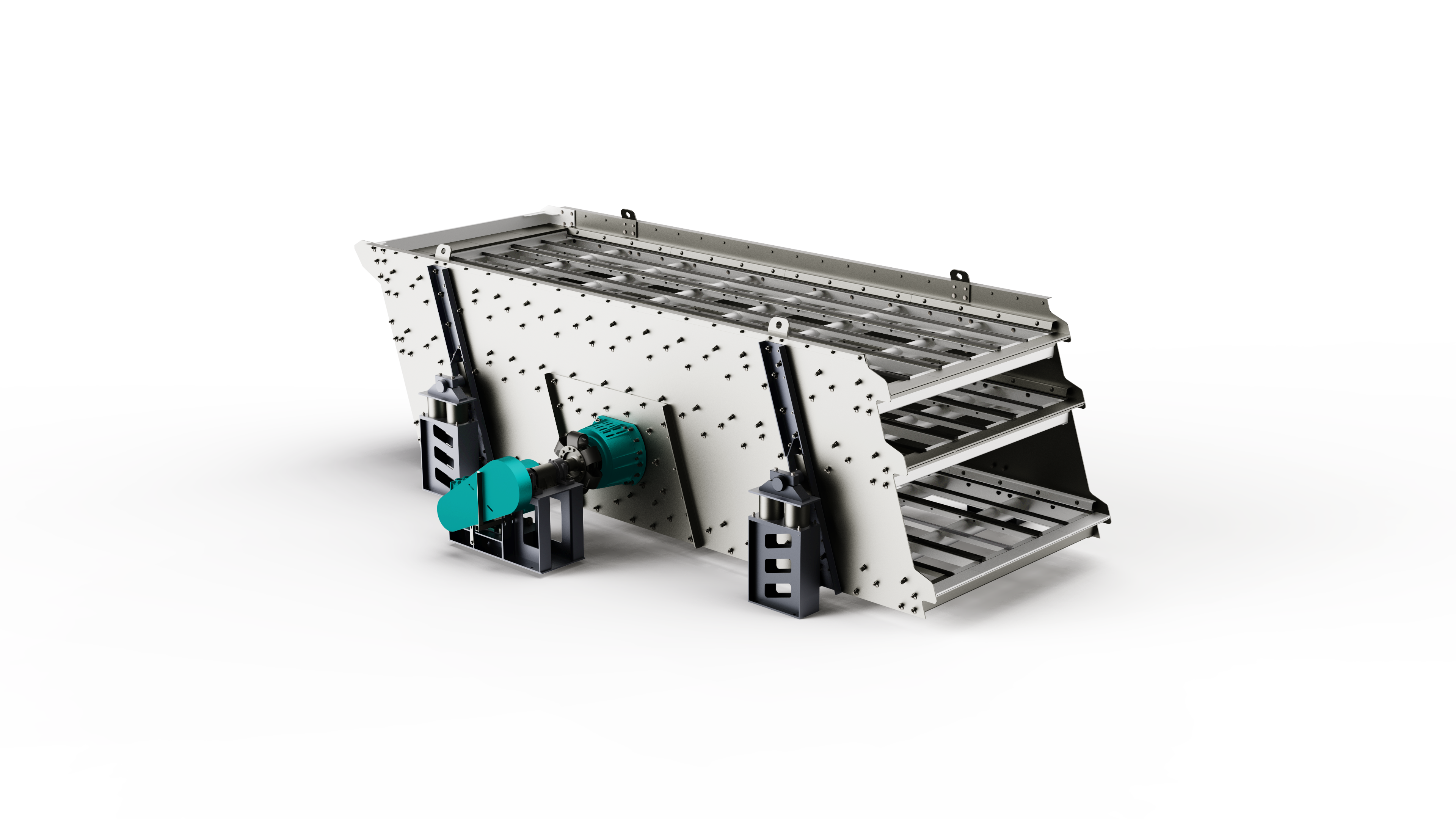
2. Linear Vibrating Screen
(1) Motion Trajectory: Two motors rotate in opposite directions to generate directional linear vibration, allowing materials to perform parabolic jumping motion on the screen surface.
(2) Power System: Equipped with two symmetrically installed vibrating motors of the same model, with an amplitude ranging from 2 to 6mm and a frequency of 900-1500r/min.
(3) Screen Inclination Angle: Adjustable between 0° and 10°, and the exciting force is controlled by adjusting the angle between the eccentric blocks of the motors.
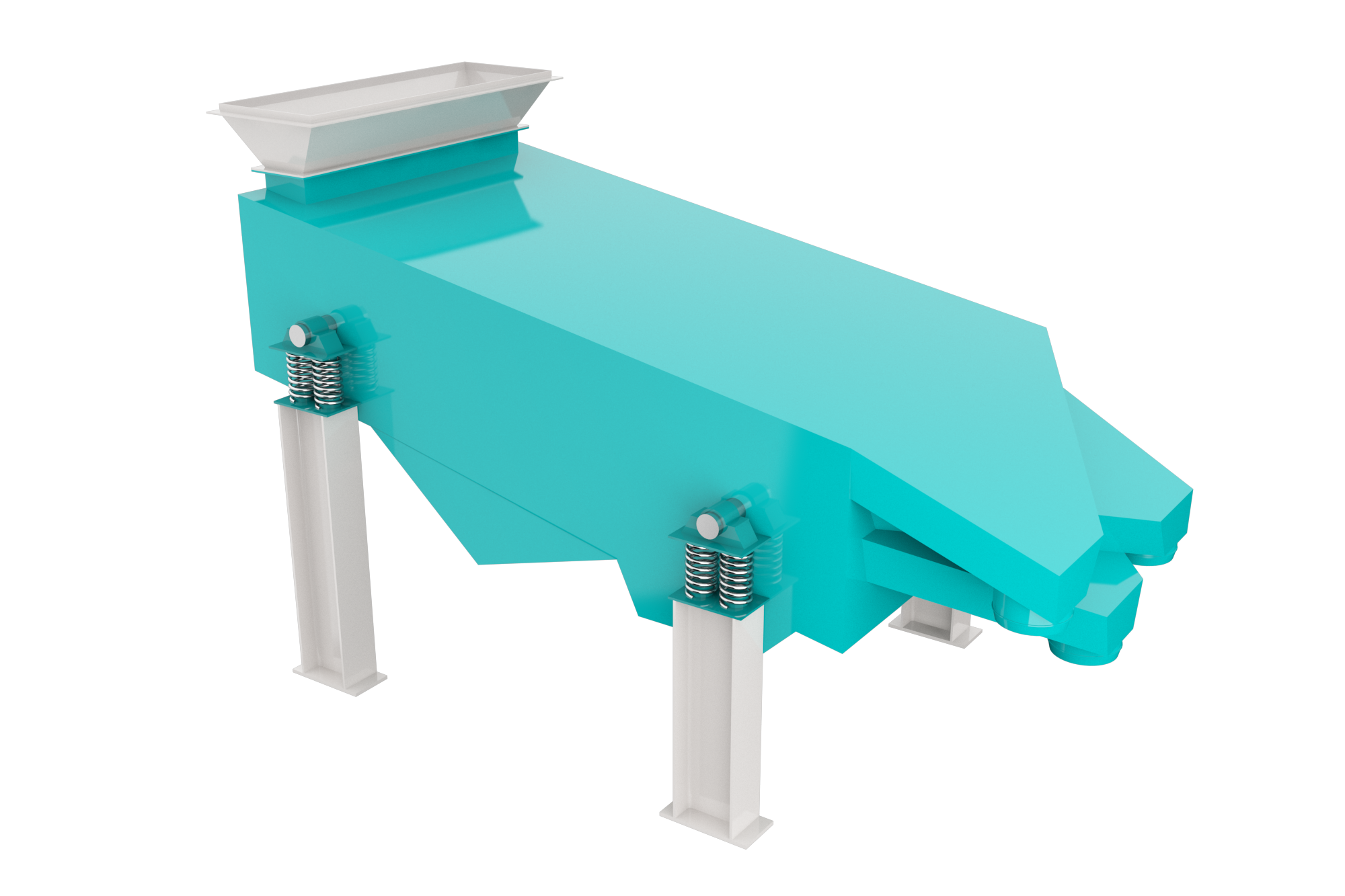
Performance Parameters Comparison
Indicators | Circular Vibrating Screen | Linear Vibrating Screen |
Processing Capacity | 100-1200 t/h | 50-800 t/h |
Screening Efficiency | 85%-92% (for medium-fine grading) | 90%-95% (for dry screening) |
Applicable Particle Size | 0.074-50mm | 0.1-300mm |
Power Consumption | 7.5-55kW | 5.5-37kW |
Noise Level | ≤80dB | ≤75dB |
Maintenance Cost | Bearing service life ≥8000 hours | Screen replacement cycle: 3-6 months |
Typical Application Scenarios
1. Application Scenarios for Circular Vibrating Screens
(1) Mining Industry: Coarse, medium, and fine grading of iron ore and copper ore (e.g., 0-5mm, 5-20mm, 20-40mm).
(2) Building Materials Industry: Gradation adjustment of machine-made sand (fineness modulus 2.3-3.0) and screening of cement clinker after cooling.
(3) Environmental Protection Field: Impurity separation of recycled aggregates from construction waste.
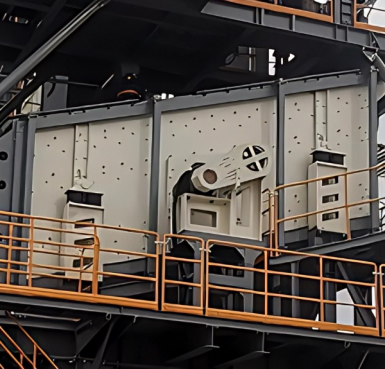
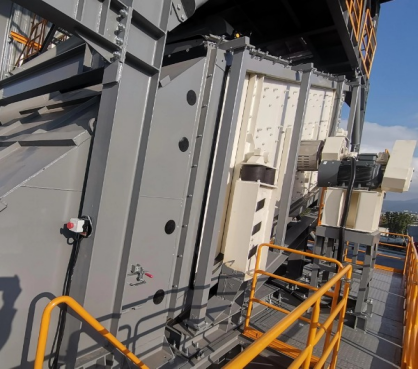
2. Application Scenarios for Linear Vibrating Screens
(1) Coal Industry: Raw coal grading (separation of +50mm lump coal and -50mm fine coal) and coal slime dewatering.
(2) Metallurgical Industry: Cooling and screening of sinter (temperature ≤150°C).
(3) Grain Processing: Impurity removal and grade screening of soybeans and corn.

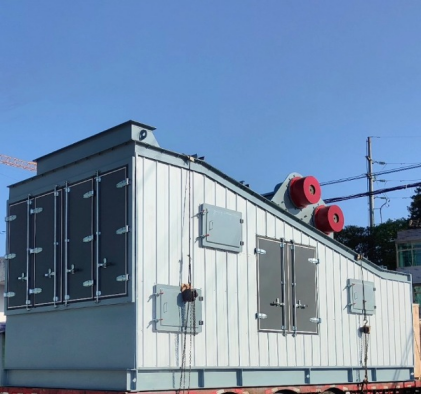
Selection Decision Process
Step 1: Determine Material Characteristics
(1) Particle Size Range:
◆ Fine particles (<3mm) → Prioritize circular motion screens (multi-layer grading).
◆ Coarse particles (>10mm) → Select linear vibrating screens (large processing capacity).
(2) Moisture Content:
◆ Wet and sticky materials (moisture content >8%) → Linear vibrating screens (equipped with bouncing balls for screen cleaning).
◆ Dry materials → Circular motion screens (high inclination angle to prevent clogging).
Step 2: Match Production Requirements
(1) Processing Capacity:
◆ <500t/h → Linear vibrating screens (low energy consumption).
◆ ≥500t/h → Circular motion screens (stable efficiency).
(2) Screening Precision:
◆ Required error ±0.5mm → Linear vibrating screens (small screen inclination angle, long material residence time).
◆ Allowable error ±1mm → Circular motion screens.
Step 3: Evaluate Long-Term Costs
(1) Initial Investment:
◆ Circular motion creens are 10%-15% more expensive (complex structure).
◆ Linear vibrating screens have lower maintenance costs (modular design).
(2) Energy Consumption Ratio:
◆ Circular motion screens: 0.3-0.5kW·h per ton of processing.
◆ Linear vibrating screens: 0.2-0.4kW·h per ton of processing.
Conclusion
Boasting efficient classification and stable adaptability, the circular vibrating screen (also known as circular motion screen) shines as a "high-performance expert" in mining multi-particle grading; the linear vibrating screen, with precise screening and low consumption, is the "powerful leader" in coal separation. —each circular vibrating screen and linear vibrating screen excels in its field.

